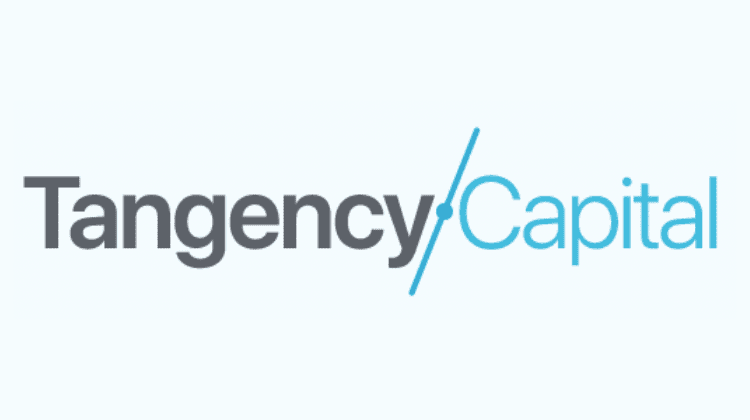Tangency Capital raises $200m, taking assets above $600m

Tangency Capital Ltd., an insurance-linked securities (ILS) investment fund manager whose first strategy was focused on investing in quota share reinsurance business, has raised an additional $200 million in capital from third-party investors.
With this new allocation to its reinsurance-linked investment strategy, Tangency Capital now has somewhere over $600 million in assets available to it as we move towards the all-important end of year reinsurance renewals.
Tangency Capital Ltd. is an ILS investment manager that launched at the end of 2017 with a specific focus on investing in quota share reinsurance business.
Its founders are experienced ILS investment and reinsurance convergence executives Dominik Hagedorn, previously at Deutsche Bank, Kai Morgenstern, formerly of RenaissanceRe and Michael Jedraszak who was previously the Chief Investment Officer for ILS at re/insurer Hiscox.
The ILS manager underwrites quota share reinsurance business both on a fully collateralized basis and through a fronting agent on a rated basis.
More recently, Tangency Capital was also revealed as the portfolio manager of a new US mutual investment fund with a focus on catastrophe bonds and other insurance-linked securities (ILS).
Tangency Capital had around $415 million of assets under management through 2021, according to Artemis data on ILS fund managers.
Now, with the reinsurance market set to harden considerably after hurricane Ian and capacity for quota shares not as readily available in sidecar form, Tangency Capital may have an opportunity to build on its success, with higher return-potential as well, so this new capital raised will be a boost for its business as the end of year renewals approach.
Reuters reported that Tangency Capital has raised this new $200 million first, as Dominik Hagedorn had spoken to the news organisation.
Hagedorn said that after hurricane Ian the reinsurance industry is anticipating rate rises of 15% to 40% next year.
He also told Reuters that the industry had failed to deliver on its risk-adjusted return targets, but that after these rate rises “We finally have a much better chance of doing that.”






